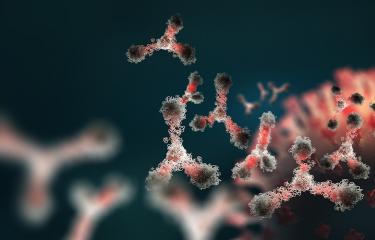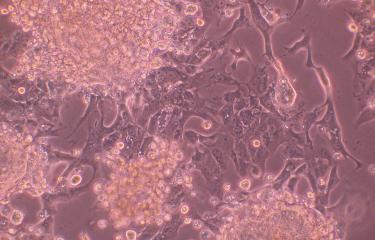Cause
SARS is an infectious disease caused by a virus belonging to the coronavirus family, SARS-CoV-1. The animal reservoir for the SARS coronavirus has been identified as an insect-eating bat. The intermediate host that enabled the virus to spread to humans is the masked palm civet, a wild animal sold in markets and eaten in southern China.
Symptoms and epidemiology
SARS, first referred to as atypical pneumonia, is characterized by high fever (>38°C), associated with one or more respiratory symptoms: a dry cough, shortness of breath or breathing difficulties. Other symptoms such as headache, muscle pain, diarrhea and a general feeling of discomfort can also be observed. The incubation period is generally no longer than 10 days. WHO considers the overall mortality rate to be 15%, although it can exceed 50% in people over the age of 65.
Mainly airborne transmission
SARS was soon identified as spreading between humans via airborne transmission, probably in droplets of contaminated saliva. It rapidly spread worldwide as a result of air transport, with the most significant outbreaks being concentrated in major airport hubs or areas with high population density. The outbreak that occurred in a group of apartment buildings (Amoy Gardens) in Hong Kong, where 66% of patients suffered from diarrhea – compared with the usual proportion of 2 to 7% –, raised the possibility of local transmission via the sewage disposal system. Theories about other methods of transmission, in particular via contaminated objects, have also been proposed.
A novel virus identified
The international laboratory network (including the WHO Collaborating Center for Research and Reference on Influenza and Other Respiratory Viruses, in the Molecular Genetics of Respiratory Viruses Unit at the Institut Pasteur), tasked by WHO to identify the causative agent for SARS and to develop a diagnostic test, discovered a virus that was completely unknown to scientists. It was a virus that belonged to the coronavirus family with properties that had never previously been observed. Coronaviruses usually cause mild colds in humans.
In 2002, a first coronavirus, SARS-CoV-1, emerged in China, causing an outbreak of severe acute respiratory syndrome (SARS).
April 2020






